Saturday August-09 2025 17:50:51
A 2mm soil sieve is a fundamental and crucial tool. It's primarily used for pre-processing and sorting soil samples, separating coarse particles (larger than 2mm) from fine particles (smaller than 2mm). These sieves come in various types, depending on their material and mesh shape. Common materials include stainless steel, woven wire mesh, and plastic, each suited to different environments. Mesh types primarily include square, round, and punched holes, each serving a different purpose.
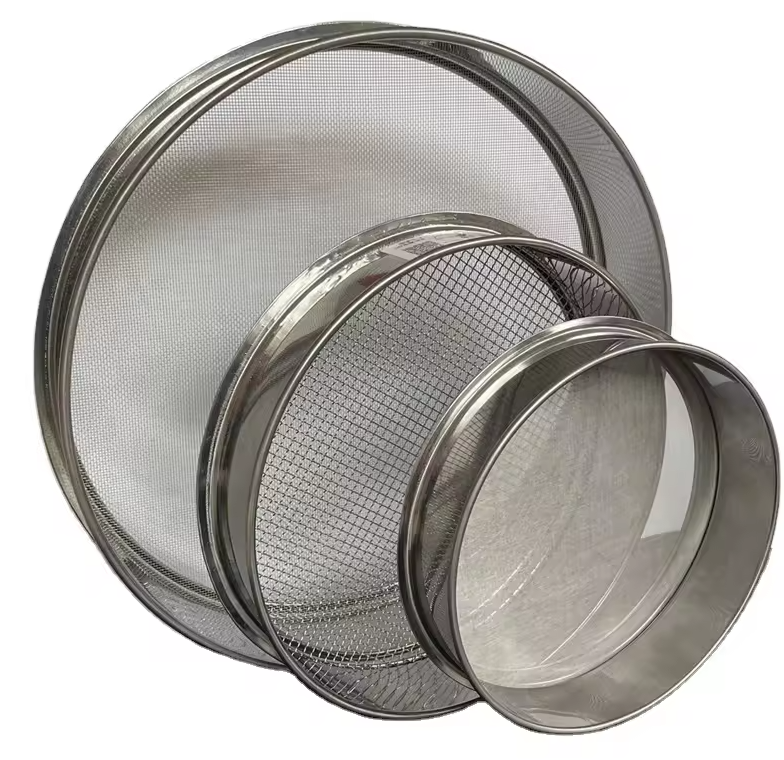
As a commonly used tool, 2mm soil sieves come in a variety of types, suitable for various needs. Choosing the right soil sieve requires careful consideration of both the material (e.g., stainless steel, woven wire mesh, plastic) and the mesh shape (e.g., square, round, punched), as these factors directly impact screening efficiency, accuracy, and durability.
Classification by Material
Stainless steel sieves: These sieves are typically made of woven stainless steel wire and offer strong corrosion resistance and durability. Stainless steel is well-suited for use in wet or acidic soil environments, and it's easy to clean and resistant to rust.
Brass sieves: Brass sieves have the advantage of being softer, allowing for finer meshes, making them commonly used in laboratory analyses requiring high-precision screening. However, brass is not as corrosion-resistant as stainless steel and may oxidize over time.
Galvanized wire sieves: These sieves are made of iron wire with a zinc coating for increased rust resistance. Compared to stainless steel sieves, they are less expensive, but their corrosion resistance decreases over time.
Plastic sieves: Plastic sieves are typically made of high-strength engineering plastics, with the mesh being either plastic or wire. Their primary advantages are light weight, portability, and a certain degree of chemical resistance. However, plastic is generally less abrasion-resistant than metal, making them more suitable for less demanding applications or for field sampling.
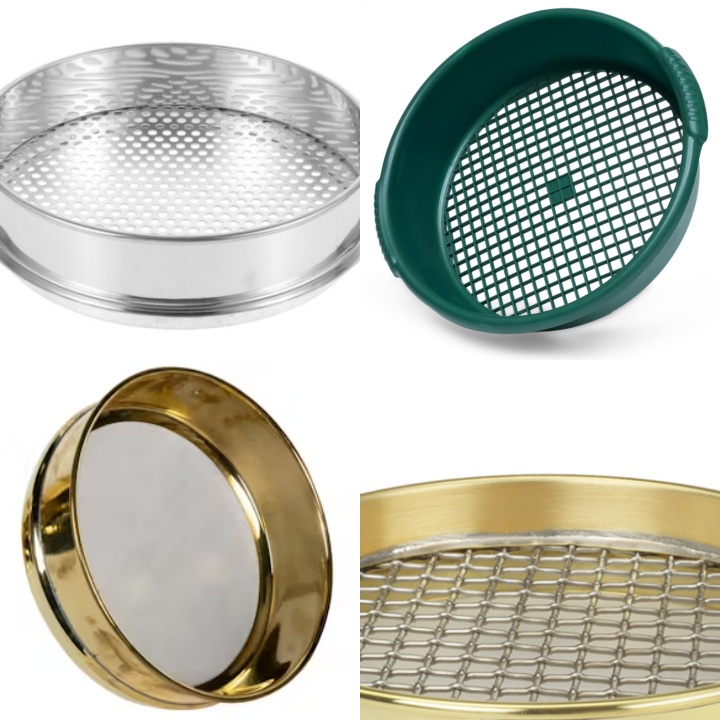
Classification by Mesh Shape
Square Mesh: These sieves have square meshes and are a common and standard type of soil sieve. Square-hole sieves provide precise particle size separation because particles cannot pass through any size smaller than the sieve openings. Therefore, they are widely used in laboratories and scientific research for soil particle analysis and classification.
Round-hole sieves: Round-hole sieves have round openings. This type of sieve is often used for coarse screening or for separating irregularly shaped soil samples where screening accuracy is less critical. One advantage of round-hole sieves is that they prevent long, oblique particles from passing through the openings at an angle, making them more effective than square-hole sieves in certain applications.
Punch-hole sieves: The sieve plate of a punched sieve is stamped from sheet metal. The openings can be round or square, but are typically round. This type of sieve is typically used for screening coarser soil samples or for screening industrial and construction materials. Because it is stamped, the openings may not be as smooth as woven mesh, but it is more durable when handling large particles and heavy materials.
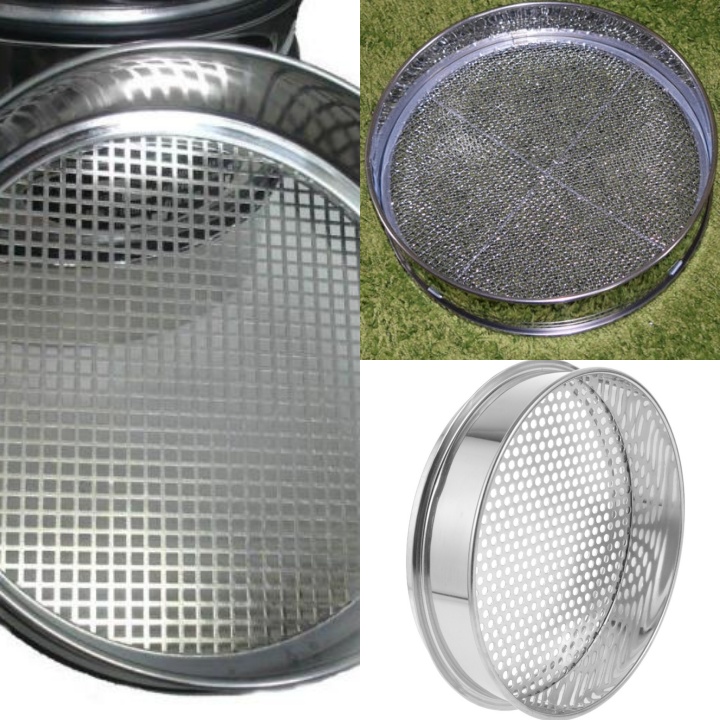
The advantages of the 2mm soil sieve lie not only in its material, mesh shape, and wide range of applications, but also in the fact that these features collectively ensure accurate, efficient, and durable soil analysis. The 2mm soil sieve offers numerous advantages for soil research and analysis, which can be summarized in the following aspects:
Material and Durability: 2mm soil sieves made of stainless steel and woven wire mesh are durable and stable. They resist corrosion from soil chemicals and are resistant to rust, ensuring the long-term accuracy of the mesh size. This material is particularly advantageous in laboratories where frequent use or high sieve cleanliness requirements are crucial. The plastic 2mm soil sieve stands out for its lightness and corrosion resistance. It is particularly suitable for preliminary screening in the field or for simple applications not involving complex chemical analysis, reducing the burden of carrying.
Sieve Mesh Shape and Screening Accuracy: The square-mesh 2mm soil sieve is a standard tool for particle size analysis. Its advantage lies in its ability to accurately separate soil particles smaller than 2mm, providing reliable data for studying soil texture, structure, and fertility. This high-precision screening effectively prevents irregularly shaped particles from passing through in a non-standard manner, ensuring the accuracy of experimental results. 2mm soil sieves with round and punched holes demonstrate advantages when processing certain specialized samples. For example, round-hole sieves effectively separate long, flaky plant roots and debris, while punched sieves, due to their sturdy construction, offer greater wear resistance when screening soils containing large amounts of coarse sand or small stones.
Wide Applications: The 2mm soil sieve is a fundamental tool for soil physics, soil chemistry, and soil biology research. Whether determining soil particle size distribution, separating plant debris and organisms in the soil, or screening seedling media in agriculture and horticulture, the 2mm soil sieve plays an indispensable role. Its versatility makes it a commonly used and important sieving tool in soil science.
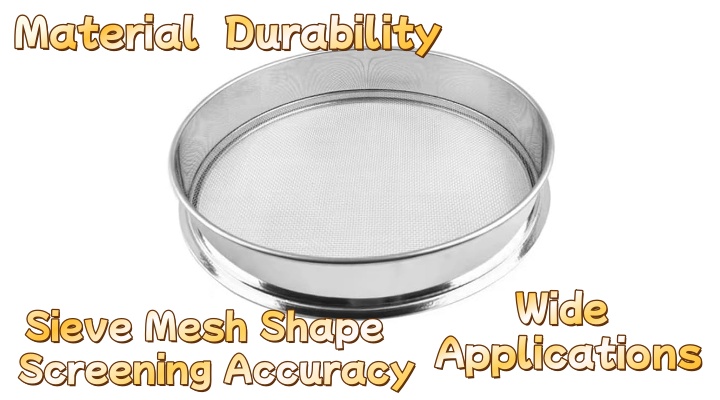
As a fundamental tool, the 2mm soil sieve has a wide range of applications, encompassing fundamental research in a wide range of fields. For example, soil particle size analysis is a core application of the 2mm soil sieve. By passing a soil sample through a series of sieves with varying apertures, coarse particles larger than 2mm (such as gravel) can be accurately separated, providing fundamental data for studying soil physical properties such as texture, permeability, and water retention. For separating organisms and organic matter, the 2mm soil sieve is an effective tool for separating macroscopic organisms and organic matter in soil during soil biology research. For example, it can be used to screen out earthworms, insect larvae, roots, and plant debris for further species identification and population counts. During soil improvement and preparation, the 2mm soil sieve is used to remove large impurities unsuitable for plant growth, such as rocks, construction debris, and coarse plant roots. This helps create a uniform, well-aerated soil environment for seedling cultivation, gardening, or farming. In environmental monitoring and analysis, the 2mm soil sieve is often used to pre-treat soil samples. For example, when analyzing soil for heavy metals or pollutants, sieving can remove large impurities, ensuring representativeness and accuracy in subsequent analysis. In general, the application of 2mm soil sieves revolves around three core objectives: separation, classification, and preparation. They are an indispensable step in numerous scientific research and practical operations.
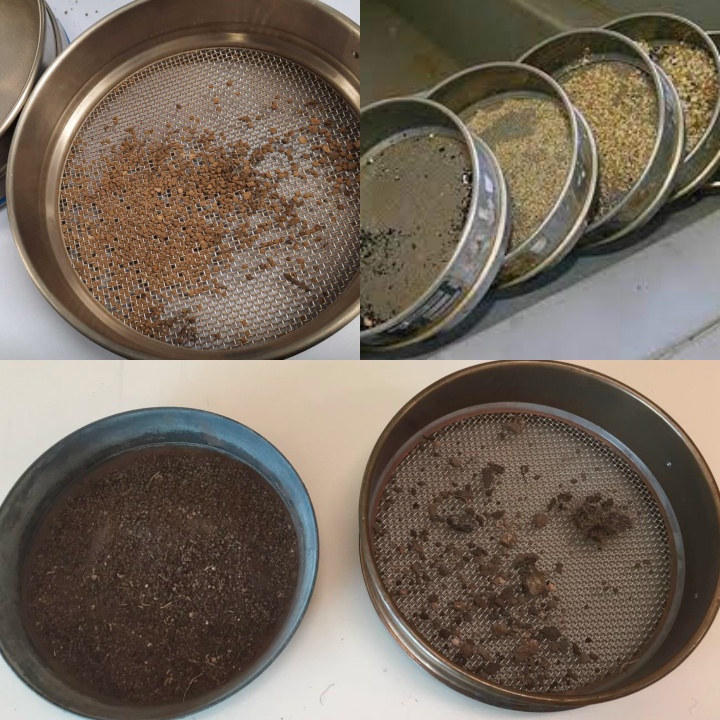
The key to the widespread application of 2mm soil sieves in various fields lies in their diverse materials, pore sizes, and structures, which adapt them to a variety of work scenarios. Whether it's the durability and stability provided by stainless steel or woven wire mesh, or the lightness and corrosion resistance of plastic, they all ensure the reliability of the sieving process. Furthermore, a variety of sieve aperture types, including square, round, and punched, meet diverse sieving needs, from high-precision particle size analysis to large particle separation.
Aug 09, 2025
What is 2mm soil sieve? A 2mm soil sieve is a fundamental and crucial tool. Its primarily used for pr...
Aug 04, 2025
Size sieve for soil mainly refers to the sieve frame diameter (commonly used 200mm, 300mm, etc.) and ...
Aug 01, 2025
Soil sieve prices range from $3 to $500. A soil sieve is a tool used to separate materials such as so...
Jul 30, 2025
The primary function of a perforated plate soil sieve is to analyze and separate various types of gra...
![]()
Then we look forward to hearing from you
Contact Us
Industrials
Yanjin county forest park gate to the west 1000 meters north road sitemap
